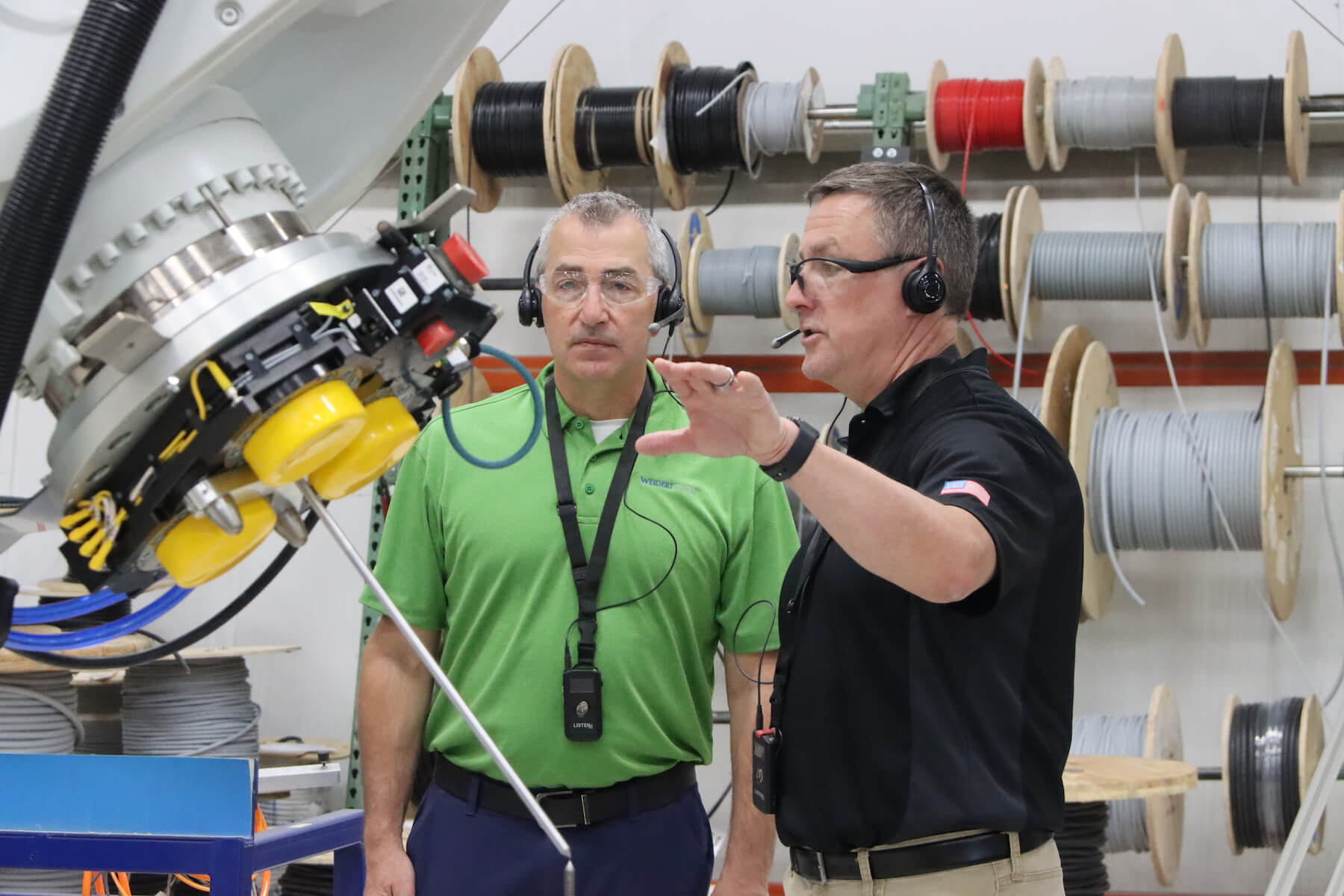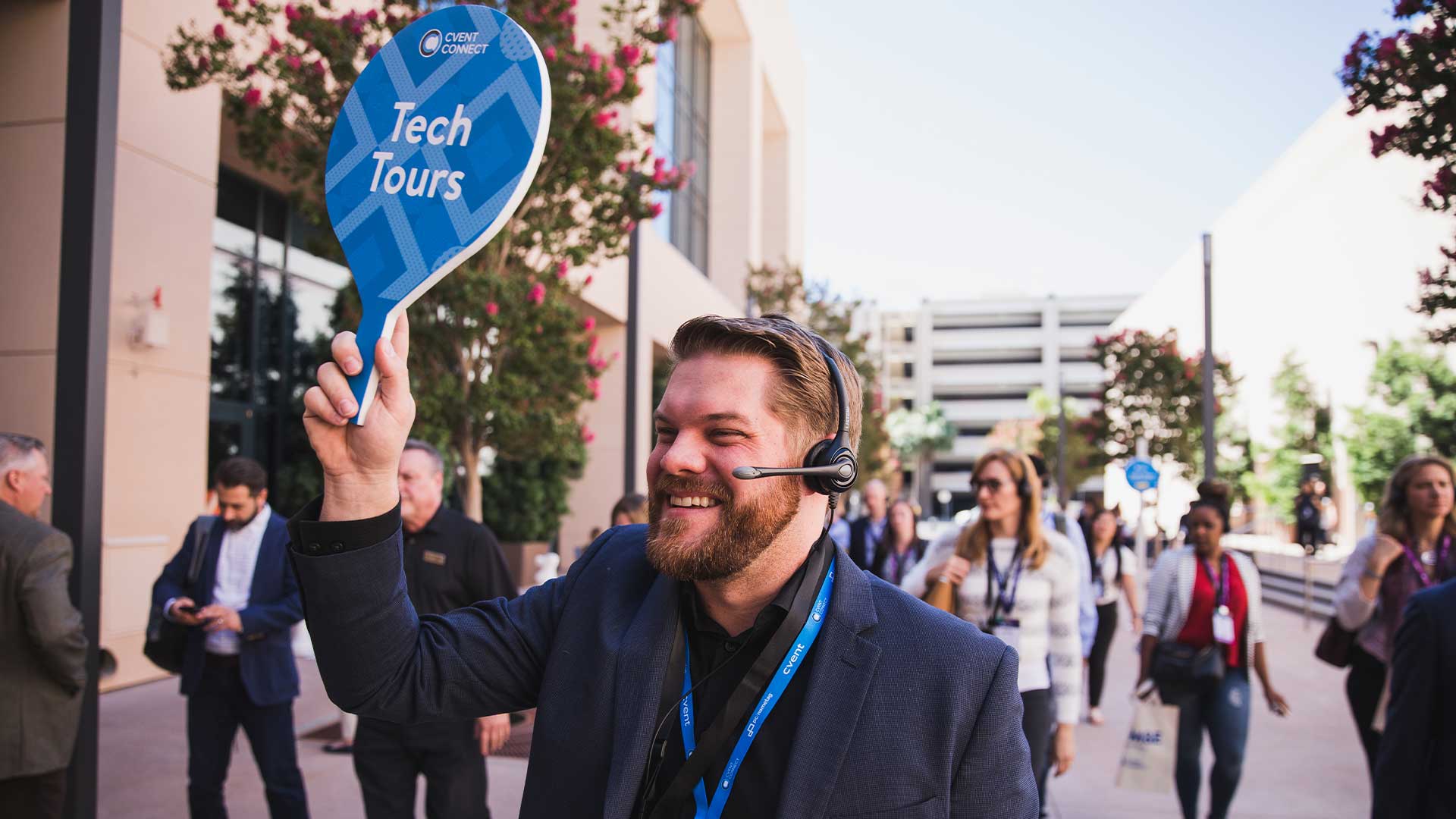Quick & Simple Tour Guide System Troubleshooting Tips
There’s nothing more frustrating for a tour guide than handing out tour guide headsets to a group or participants, only to have the system not working the way it should.
First impressions matter, and knowing how to quickly address any issues can help you stay on topic and keep your guests engaged.
If your tour guide system isn't working the way it should, use these helpful tips to get your message across.
Pre-Tour System Check
- Charge batteries
- Pair receivers to transmitters and check channel assignments
- Clean headsets
- Set volume control
- Plan on extra receivers for back-up
Related Article: Top 10 Guided Tour Planning Tips
Interrupted Transmission
Various conditions may cause the audio to cut in and out, or there could be distortion depending on the circumstance. The causes can be environmental or may be a result of an improper setting on the system. Look for the following:
Channel Numbers: Confirm that the channel number on the guide's transmitter matches the channel number on the guests' receivers.
Physical Barriers: Try to avoid physical interference between the transmitter and receivers such as walls and metal structures. Distance can also be a factor, so if you have any tour guests lagging behind who experience static or distortion in their headphones, have them move closer to the leader’s device.
Channel Interference: Typically, only one microphone/transmitter can be used per channel within the same transmission vicinity. If you use two microphones/transmitters on the same channel at the same time, your transmission will be interrupted and neither will work. To remedy this situation, make sure you assign each tour group its own channel.
Channel Assignments: Most tour guide systems come with multiple channels. If you’re not using all the channels, spread the channel numbers out so there is the maximum amount of space available per frequency (e.g., Channels 1, 4, 8, 12) to avoid someone moving to a neighboring channel accidentally.
Group Number: Each guest’s receiver should have the same group number as their leader’s device. Update the channel settings before the tour so they all match. Some devices enable you to re-pair using NFC Technology.
Communication Mode: View the communication mode on the LED screen when applicable and use the buttons to adjust.
RELATED ARTICLE: How Does a Tour Guide System Work?
No Sound
If there’s complete silence for either the tour guide or guests, check the following:
Frequency. Check your devices to make sure they are all operating in the same frequency range and adjust accordingly.
Batteries. Make sure all batteries and units are fully charged. Turn your devices off when not in use to preserve battery life; they don’t turn off automatically.
Plug-ins. Are all the connections plugged in properly? Push plugs in all the way and try again. Also check to make sure the microphone and transmitter are connected properly for the tour guide, as well as the receiver and headphone for each guest.
Volume. It sounds simple, but make sure all units are turned on and that the volume is turned up.
Microphone. For a handheld microphone, make sure it is turned on. A headset or handheld microphone might also have had the audio connection eliminated by accident. In this case, turn the device off and follow instructions from your product’s manual to reset the microphone.
Turn Off Mute Function: Your headset microphone transmitter may be muted. To check, look for a small horn icon with an 'X' through it (the icon may vary based on the system). Most mute functions can be turned off by pressing and holding the mute button or “set” button.
Unresponsive Tour Guide System Vendor
Assuming there’s no product defect or damage, nearly all issues with a tour guide system can be remedied with a few simple steps. But what if you still can’t get a system to work properly? That’s when you need to reach out to your provider who should walk you through the steps you need to take.
Unfortunately, some vendors don’t offer helpful services, are slow to respond, or simply let you fend for yourself. It’s important to be proactive and work with a tour guide solutions provider with a proven record of support and success.
A reputable audio solutions provider will test a system before it goes out the door so problems don’t happen in the first place. They’ll also be there to talk you through any issues or questions and can even connect remotely via video chat to demonstrate in real-time.
For high-stakes events, Implecho offers comprehensive on-site support. An experienced technician shows up at your door to handle everything for you, from unboxing and distributing headsets to charging in between sessions and packing it all back up when the event is finished. They’ll also work with your A/V team when necessary. This allows event organizers to focus on their guests and not worry about equipment.
We offer multiple tour guide solutions to ensure you get a just-right fit, and we’ll customize the configurations for you. Connect with our team of experts who will help you find the right tour guide system and ensure you know how to use it. We’ll even send you a demo kit so you feel confident you’ve made the right choice. Let’s get started.
You May Also Like
These Related Stories
How Does a Tour Guide System Work?
If you routinely conduct guided tours on a factory floor or in other noisy ......
What is a Transceiver on a Tour Guide System?
Two-way tour guide systems serve two functions: They allow a presenter to ......
Tour Guide System Demo Kits: How Do They Work?
Should you rent or buy a tour guide headset system for your event or facility ......
We're Here to Help Guide You




